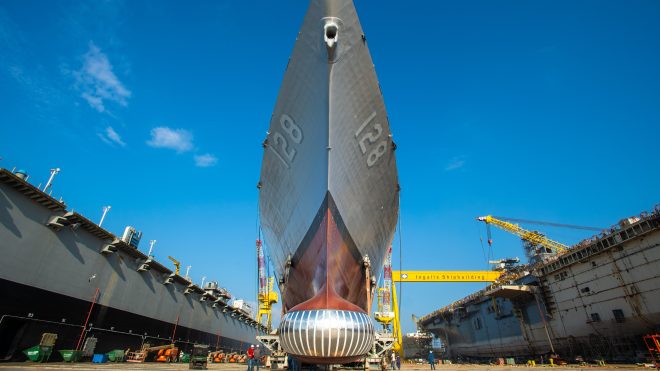- Messages
- 17,319
- Reaction score
- 3,286
- Points
- 288
Your tax dollars at work.

Contracts For April 28, 2023
Contracts for April 28, 2023
Today's Defense Department contracts valued at $7.5 million or more are now live on Defense.gov.
www.defense.gov
















